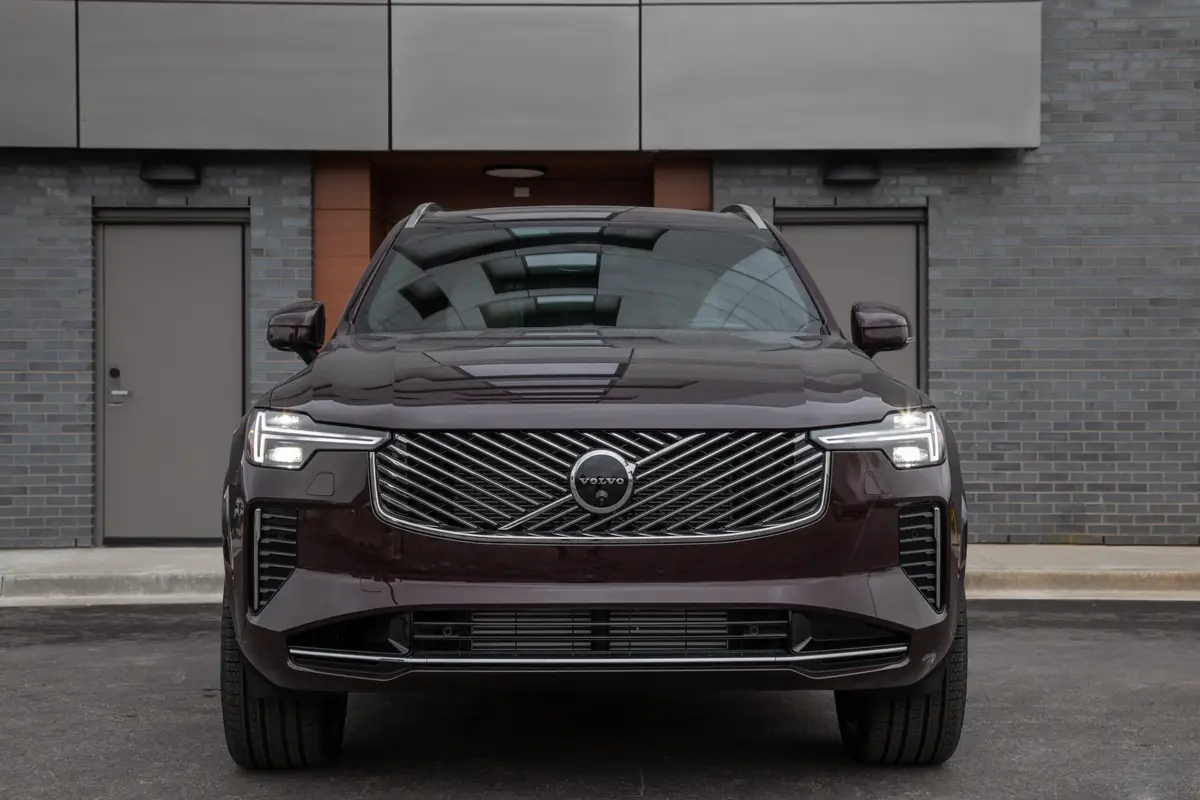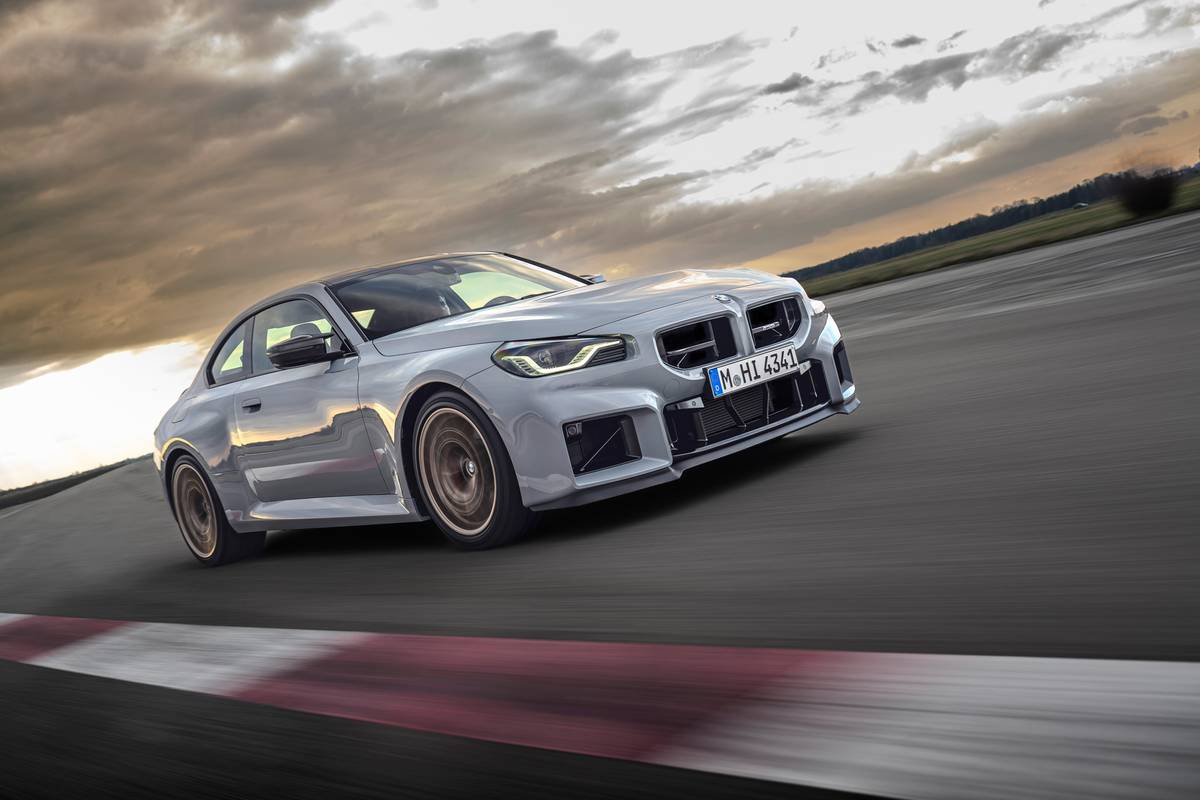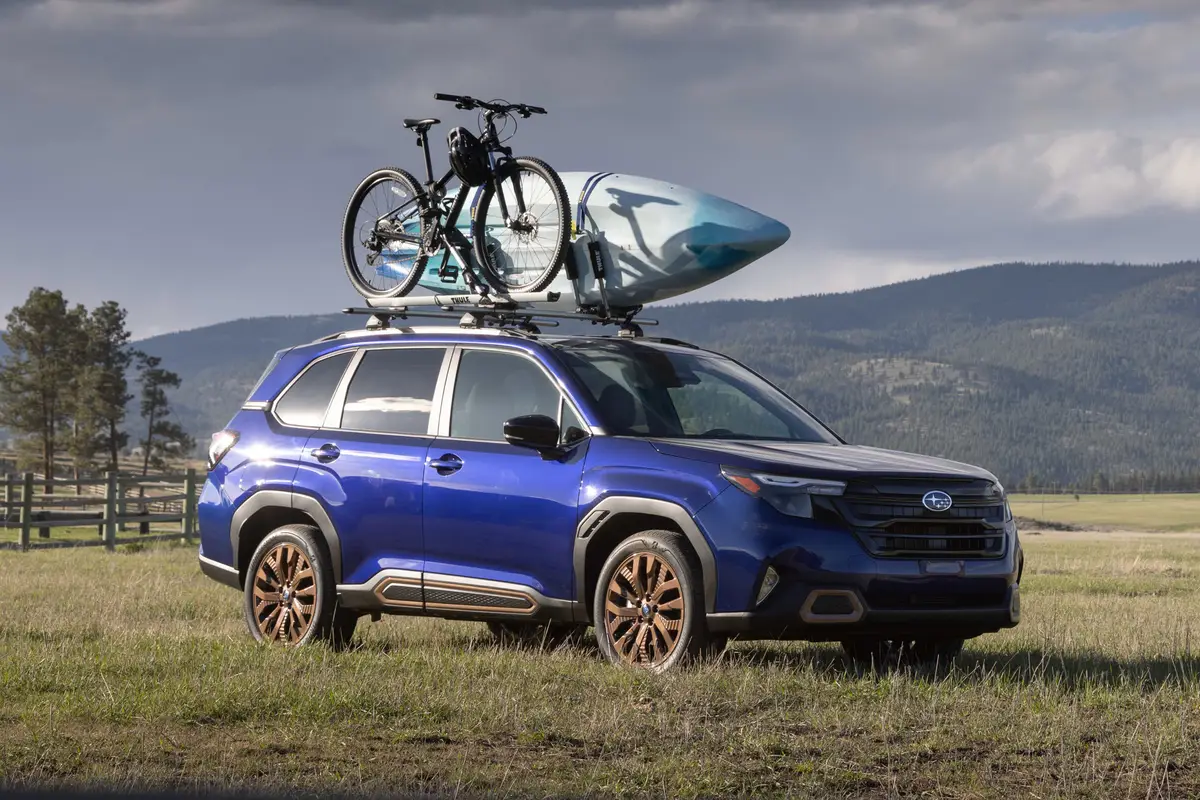The Morning Call and Mcall.com's view
What’s in a name? Is a rose by any other name just as sweet – even if you can’t find it? These are the questions I have asked myself about the Plymouth Caravelle. About this time, you may very well ask, ”what’s a Plymouth Caravelle?” Considering that it has been one of Chrysler Corp.’s best-keptm four-wheeled secrets, that’s a reasonable question. For the answer: It’s one of these really neat family cars that Chrysler manufactures but, for reasons perhaps known only to Lee’s Legions, doesn’t bother to tell anybody about.
In fact, although the Caravelle has been in showrooms since fall, no one really knows what it is. People I talked to had a way of twisting the name around. A what? A Caravan? (which happens to be the name of the Dodge minivan). A Carvel? (a place you can buy ice cream). And even . . . A carousel? (a place where there is a lot of horsing around going on). No, Caravelle is definitely not a household word.
But, this confusion is understandable when you take a trip through the muddled background of this model. Although it is a new nameplate to Plymouth’s 1985 lineup, the Caravelle really began life in the 1983 model year as the Chrysler E Class. I know, what’s an E Class? It was another car that skyrocketed to obscurity even while it was introduced. The E Class was either the E-conomical or E-uropean version of Chrysler’s front-wheel drive New Yorker. What the car actually was intended to be was never really made clear. But a test drive revealed it to be a moderately-priced six-passenger car with some European touches that was designed as an upscale family sedan. But, again, Chrysler failed to get the word out. Or, perhaps a lot of people just slept through it.
Anyway, with Chrysler introducing its LeBaron GTS – a car even more European than the E Class – this year, it was decided Plymouth would get the E Class – minus a couple of the fancier touches of the Chrysler but still an upscale model larger than Plymouth’s baseline car, the Reliant. So, you can really say you are getting a Chrysler at a Plymouth price. Again, what’s in a name?
Base price for this mid-size car is $9,007, which includes such standard equipment as a TorqueFlite automatic transmission, power brakes and steering, an AM radio with integral digital clock, visual message center, remote release trunk deck and fuel filler door and a bunch of convenience and appearance items. The test car – supplied by Scott Chrysler-Plymouth, 2120 33rd St., Allentown – had a total price of $10,657, which included a destination charge of $414 and six options: air conditioning, $757; rear window defroster, $148; AM-FM stereo, $125; tinted glass, $115; trunk dress-up package, $51, and ”pearl coat” paint, $40. This certainly is an appealing and competitive price. As an extra attraction, the Caravelle has Chrysler’s five-year, 50,000 mile warranty.
Caravelle is the type of car that Ch rysler has done well with in the past; a mid-size, six-passenger car that that offers a wide range of options and a choice of conservative or burn-the-wheels-off performance. The clean, American styling is easy to take and the car could appeal to a wide variety of buyers.
The wheelbase is 103.3 inches; length, 187.2 inches; width, 68.5 inches; height, 53.1 inches, and curb weight, 2,593 pounds. EPA gives it a total volume index rating of 114 cubic feet (97 passenger and 17 trunk) which puts it in the middle of the mid-size class (110-120 cubic feet). Although I wouldn’t want to try and stuff six big men into it, a mix of adults and children can be seated in comfort. The test car had the standard front bench seat, a rarity these days. Most cars, even mid-size and full-size ones have gone to two individual seats up front. Tall drivers will have plenty of headroom with this seat, but others may have to go to a power seat to get into a working relationship wit the steering wheel. The 17-cubic-foot trunk is large f or a mid-size. The test car’s interior was done up in a rich-looking, light-colored gray cloth material that was definitely better suited for fastidious adults than drop-the-Big Mac, lose-the-crayons and step-on-the-seats-with-muddy-shoes children.
The Caravelle is an easy car to drive. The test car had the standard suspension system, which, no doubt, will satisfy most drivers. Up front is Chrysler’s variation on MacPherson struts known as Iso-Strut and a linkless antisway bar. The rear features a beam axle with trailing arms, coil springs and shock absorbers. For the enthusiast driver, there is a sport handling package that includes larger sway bars, higher control shocks and firm-feel quick-ratio power steering.
There is a choice of three engines and the TorqueFlite is the standard transmission for all of them. The test car had the standard engine, Chrysler’s 135 cubic inch (2.2 liter), overhead cam four with electronic single point fuel injection. This engine is rated at 99 horsepower at 5,600 rpm and 121 foot pounds torque at 3,200 rpm. It provides more than adequate power for all Lehigh Valley driving conditions. Fuel mileage was quite respectable with the test car averaging 22 miles per gallon for city driving and 27 mpg over local highways. This engine does have a relatively high compression ratio of 9:1, but it worked on unleaded regular.
The other engines available are the 156 cubic inch (2.6 liter) Mitsubishi four and the turbocharged version of the 135. The Mitsubishi has been powering many Chrysler products for a number of years and has a good reputation. It is rated at 101 horsepower at 4,800 rpm and 140 foot pounds torque at 2,800 rpm. Although the horsepower is about the same as the standard engine, it does produce quite a bit more torque. The turbo engine produces 146 horsepower at 5,200 rpm and 168 foot pounds torque at 3,600 rpm. This could add some gusto to your life.
One of the impressive ”little” things about the test car – and another automotive rarity – was the good underhood access. Chrysler said it was designed this way so that do-it-yourselfers, as well as the repair pros, could maintain and repair them with ease. There is easy access to spark plugs, oil filter, drive belts and for checking fluid levels in automatic transaxle and power steering. Also, improvements have been made in hose routing and fuel pressure regulator locations to provide easy access to the power steering pump reservoir. It is indeed odd, yet more than a little refreshing, when something is deliberately made less complicated in these high-tech times.
Latest news



